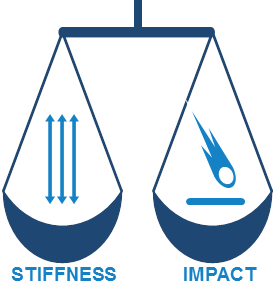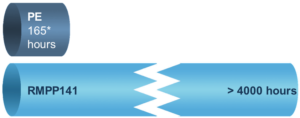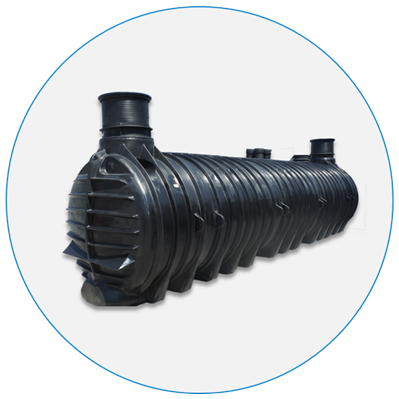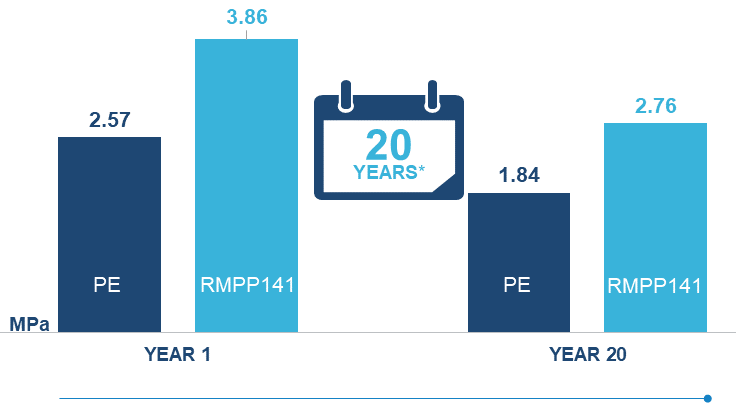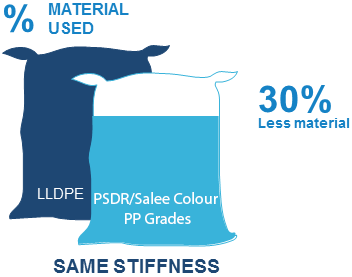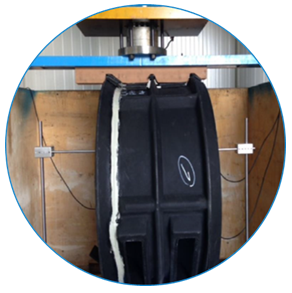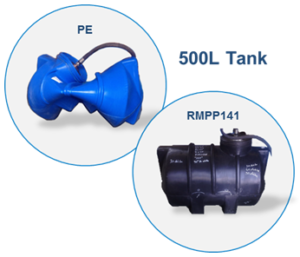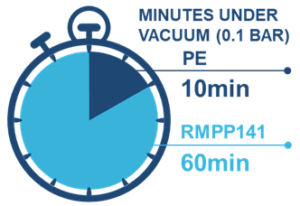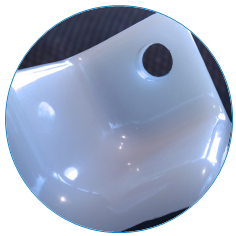The (short term) Ring Stiffness is determined by measuring deflection and force applied to a section of pipe, manhole or tank. It is compressed in a radial direction at a constant rate. Polypropylene, being inherently higher in modulus than polyethylene, has higher ring stiffness. Our PSDR/Salee Colour PP grades outperform polyethylene to such an extent that, for the same ring stiffness approximately 30% less material can be used.


